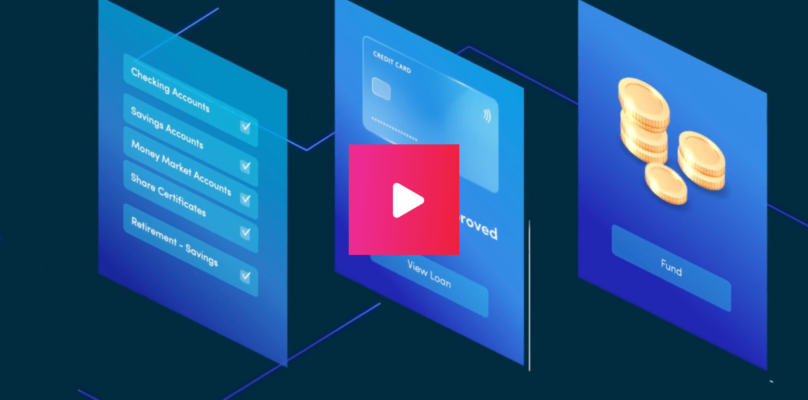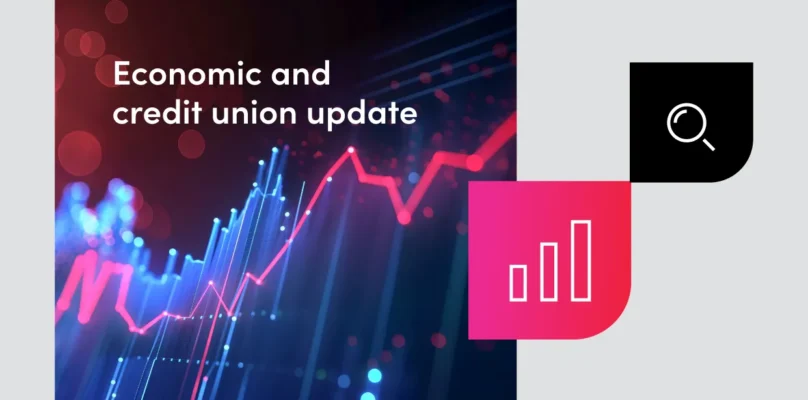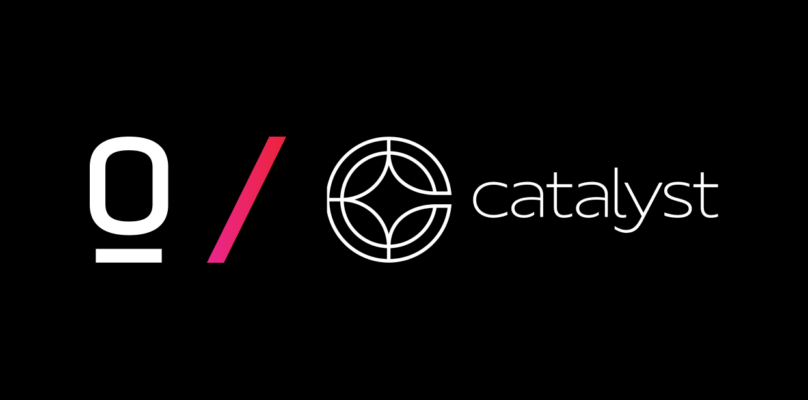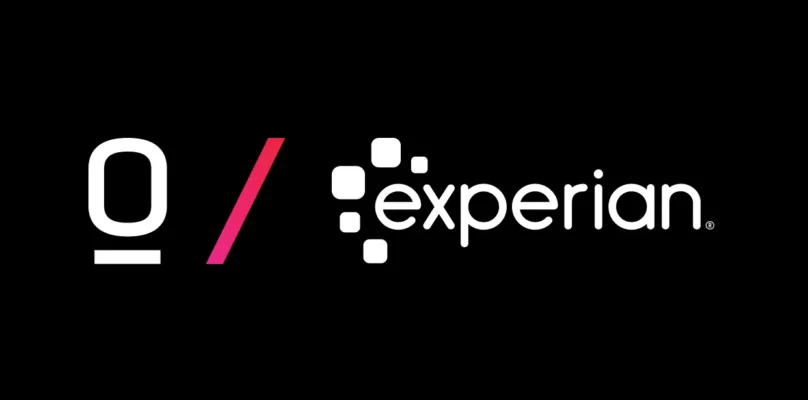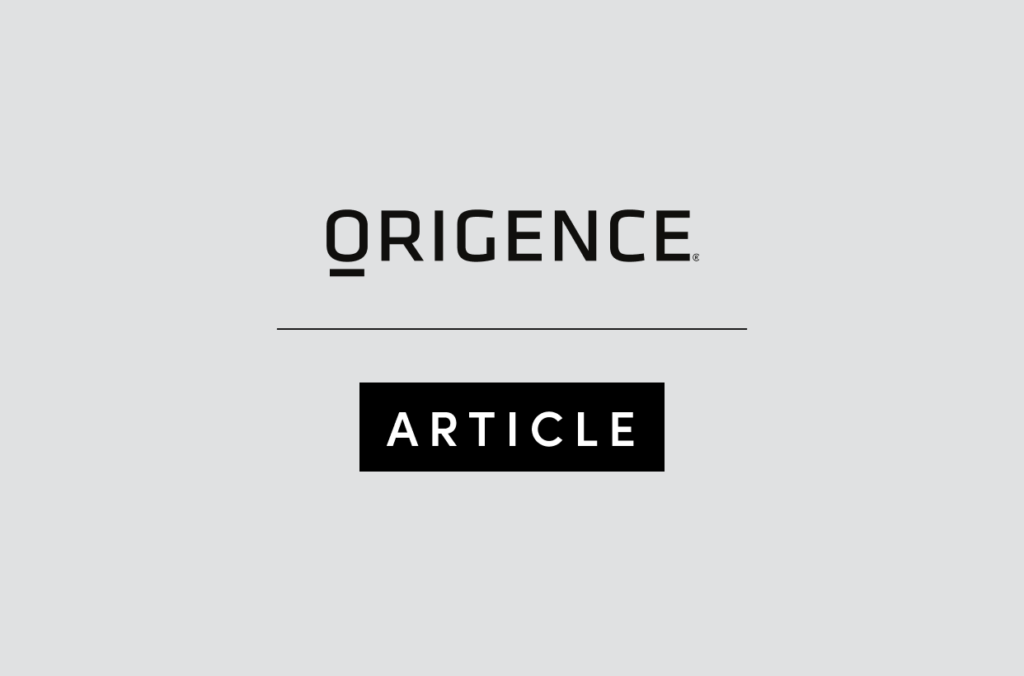The US economy is improving, consumers have stockpiled large amounts of cash and there is pent up demand for automobiles, all of which makes it a great time to be a credit union looking to make auto loans.
That was the message from Jonathan Smoke, chief economist for Cox Automotive, during a recent webinar presented by Origence.
Josh Amaton, VP, dealer client experience for Origence, opened the webcast with a quick report on the successes of credit unions on the CUDL auto lending network. He noted they collectively comprise the second-largest indirect auto loan originators, with 13.67 percent lending growth YTD 2021 over 2020. Loan application volume is up considerably year over year: 643,738 through September in 2021, compared to 608,232 last year. This has translated well to funded loan volume: 191,643 loans booked during the first nine months of this year, up from 167,985 January-thru-September 2020.
Smoke noted that the overall economy is back into recovery mode, as the U.S. has largely dealt with the fourth wave of COVID-related issues driven by the Delta variant this summer. Although there was an extremely robust recovery in the spring of 2021, that recovery stalled as new COVID infections climbed in June, July and into August.
“If the recovery we saw in the spring had continued the way it was going, we would have been recovered by now, but instead we went sideways,” Smoke assessed.
Consumers have continued to spend – regardless of COVID activity. Total spending in 2021 through September 4 already has exceeded 2019 spending levels. Some slowdowns were seen this summer, specifically in the travel sectors.
“We are in the beginning of a long and strong economic expansion,” Smoke declared. “I don’t think the vehicle market needs to be preparing for a downturn. We are on pace for real GDP growth of 5.8 percent in 2021, and we are forecasting very strong growth of 4.3 percent next year. Despite some “fits and starts” due to COVID issues, 2021 and 2022 are expected to be the strongest years for the economy since the mid-1980s. This will create lots of opportunities in the vehicle market, and strong conditions for credit and for consumer credit performance.”
The unemployment rate declined to 4.8 percent in September and is expected to end 2021 at less than 4.5 percent. Smoke expects by the end of 2022 unemployment should return to where it was prior to the pandemic. “As a rule, low unemployment is good for vehicle demand,” he pointed out.
Inflation is “significant,” and the vehicle market has played a big role in that, Smoke continued. Prices are at a 13-year high and will continue to rise through the end of 2021 and remain elevated in 2022 as the US works through supply chain disruptions. Inflation is one of several factors that have weighed down consumer sentiment this summer.
Government stimulus payments have stopped, but consumers have accumulated a substantial amount of savings – $4.2 trillion, a “giant mountain of money” that did not exist in the economy prior to the pandemic. Smoke said this is not just stimulus money, but also the dollars people have not been spending on travel, entertainment and other items for various reasons.
“The savings rate has not started to decline yet, so that is a lot of ‘dry powder’ to support spending when consumer sentiment does fully recover.”
Consumers have used some of their savings to pay down debt or at least stay current. Auto loans have seen “extraordinary” loan performance. According to Equifax, only 1.2 percent of auto loans, or less than 400,000 loans, are in some form of accommodation, which is only slightly more than normal. One year ago, 6 million loans were in accommodation.
The supply situation has unquestionably had an impact on sales this year in the auto industry with 1.5 million fewer vehicles available compared to 2020, and 2.5 million fewer than 2019. However, small increases have been seen in the last 2 weeks, so it is possible the inventory situation has reached its low point.
Although the price of an average vehicle recently reached $45,000, the highest ever, Smoke commented that the inflation can’t be attributed to the pandemic alone. Changes to the market have been underway for years, as consumers buy more full-sized pickups, SUVs and electric vehicles. This has led to fewer vehicles available at less than $30,000.
Supply of used vehicles was better than their new counterparts, but as demand for used cars picked up in August, that changed. Certified preowned vehicles are on track for a record year, as new vehicles are hard to find.
“We don’t see much of a chance for price declines until we get to the back half of 2022,” Smoke predicted. “Vehicle demand is solid, and it is supply that is dictating what is possible.”
The Cox Automotive forecast calls for 15.5 million in new car sales in 2021, plus 39.2 million used car sales, a record, and a new mark for used vehicle values.
2022 should bring continued growth, but with supply constraints hindering overall sales – especially early. Cox expects 16.3 million in total new sales and 39.3 million used car sales, the latter setting another new record.
“Whether you are a credit union or a dealer, this is a great time to be a stakeholder in the vehicle market. We expect it to continue to be strong next year,” Smoke concluded.



